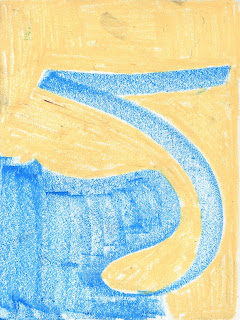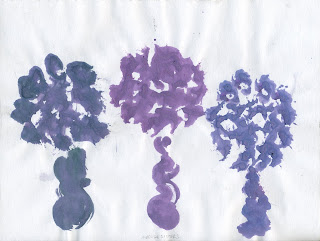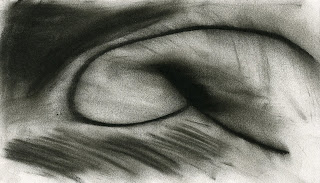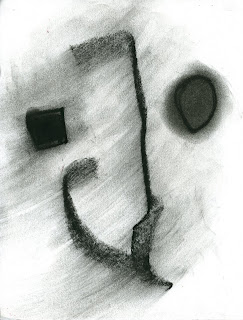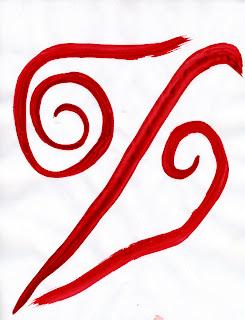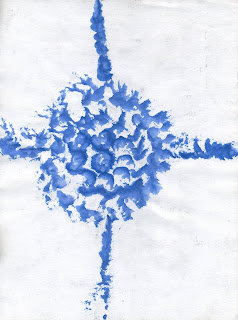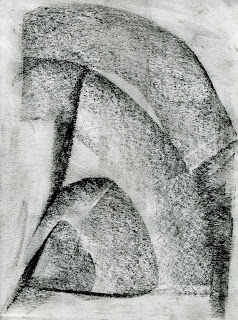
In the painting Sounds Like, a single figure takes a prominent position at the center of the frame. The image is not a traditional musical note, though it vaguely resembles one with its long stem and solid black point on one end. In keeping with the title, the image merely looks like a musical note, though a musical connection is suggested by the title of the piece.
The piece is quite simple, and it uses black as the primary color. This also reflects the color scheme of musical composition – the black on white of printed sheet music is brought to mind. This piece is a playful take on music and an abstracted view of the often elegant and visually pleasing art of musical composition. In Sounds Like, a musical note is extracted from a scrap of sheet music and transplanted into a visual arts context. It is contorted and altered until finally it creates an interesting reaction in the viewer by forcing him or her to look at this musical symbol in a new way.
©1998-2009 Claretta Taylor Webb. All Rights Reserved



